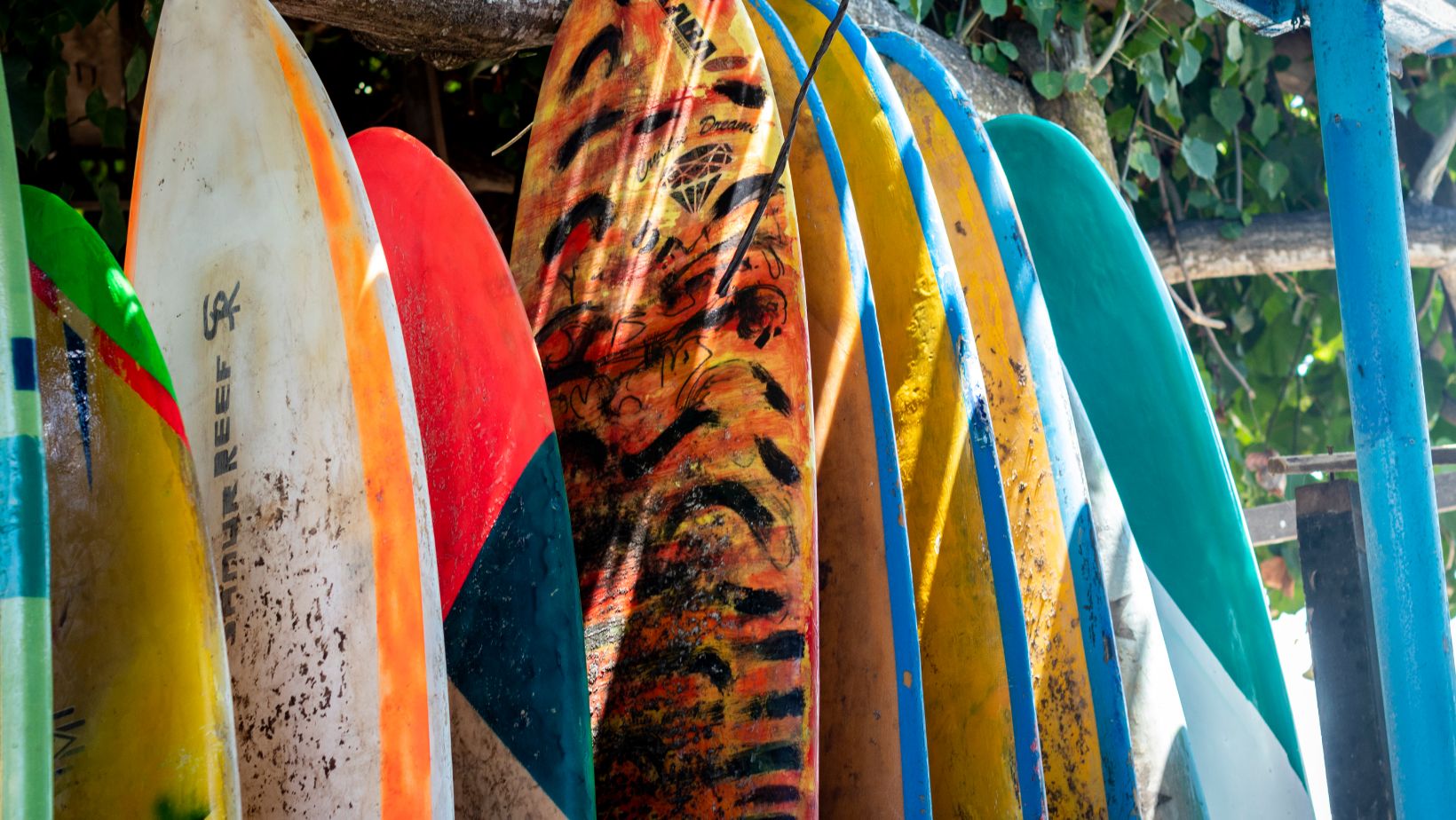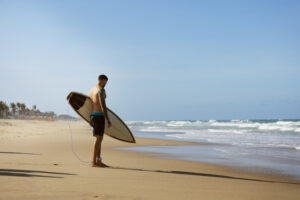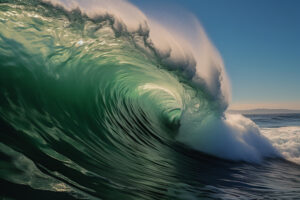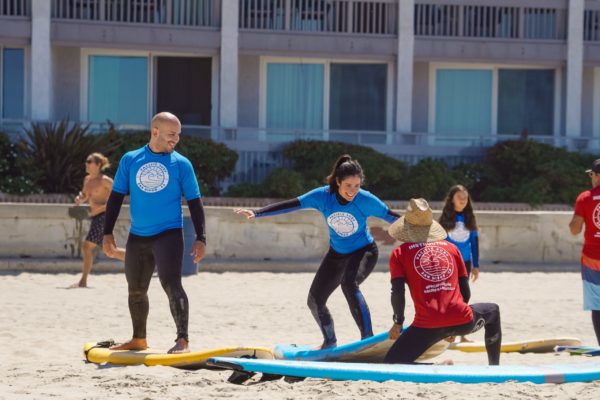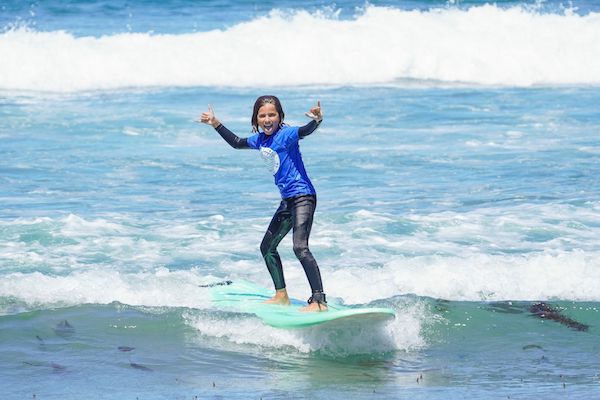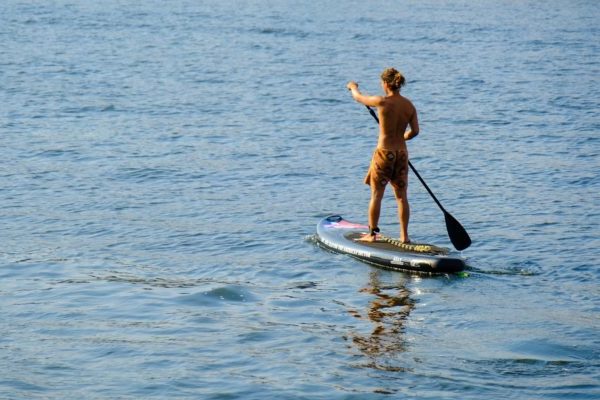Surfing is a thrilling sport that challenges both your physical and mental strength. However, choosing the right surfboard for your skill level is crucial in enhancing your overall surfing experience. With various surfboard types, sizes, and shapes available, it can be overwhelming for beginners, intermediate, and advanced surfers alike. Worry not, as this comprehensive guide is designed to help you make an informed decision when selecting the perfect surfboard for your needs.
In this blog post, we will discuss how to choose the right surfboard based on your skill level, the different types of surfboards, the role of surfboard size and shape, and some tips for maintaining your surfboard. By the end of this article, you will have a better understanding of what to consider when purchasing a surfboard, ensuring both safety and enjoyment on the waves.
Surfing Skill Levels
Before diving into the different types of surfboards, it is essential to gauge your skill level. Surfing skill levels can be broadly categorized into three groups:
- Beginner
- Intermediate
- Advanced
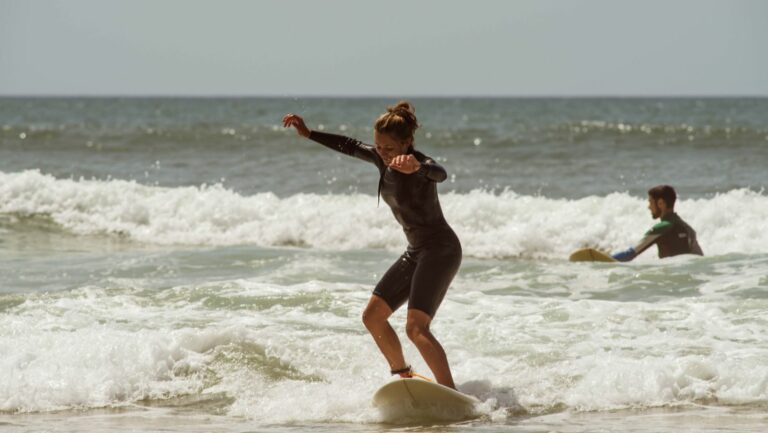
Beginner Surfers
If you are new to surfing or have limited experience, you fall into the beginner category. Beginner surfers should focus on balance, learning the basics of wave-catching, and building confidence in the water.
Intermediate Surfers
Intermediate surfers have a solid grasp of the basics, can catch waves consistently, and are working on more advanced maneuvers, such as bottom turns and cutbacks.
Advanced Surfers
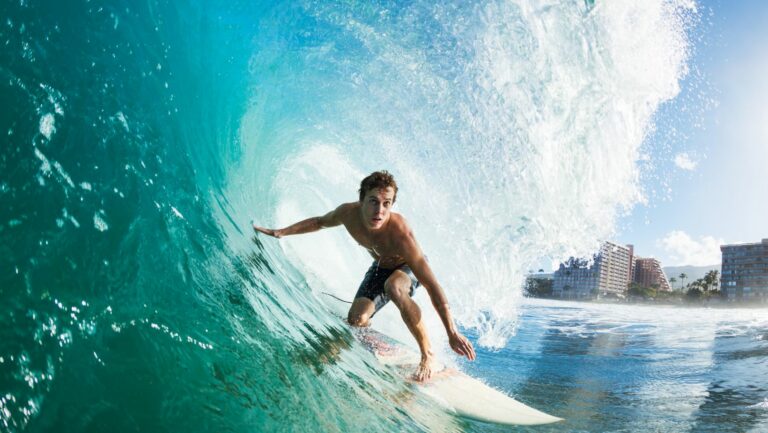
Advanced surfers have years of experience, can execute complex maneuvers, and are comfortable surfing in various wave conditions. They have a deep understanding of wave dynamics and can read waves with ease.
Types of Surfboards
Now that you have identified your skill level, it is time to explore the different types of surfboards. Here are the primary surfboard types designed for different skill levels:
Longboard
Longboards are ideal for beginner surfers due to their large size and stability. These surfboards typically range between 8-12 feet in length and have a rounded nose, which makes it easier to catch and ride smaller waves. Longboards provide a smooth, forgiving ride, making them perfect for learning the basics and improving balance.
Funboard
A funboard is a versatile option that caters to both beginner and intermediate surfers. These surfboards usually range between 6-8 feet in length and offer a balance between stability and maneuverability. Funboards allow for an easier transition to shorter boards, as they provide a combination of the longboard’s stability and the shortboard’s performance.
Shortboard
Shortboards are designed for advanced surfers who desire speed, maneuverability, and high-performance surfing. These surfboards generally range between 5-7 feet in length, with a pointed nose and a narrow tail. Shortboards are ideal for executing advanced maneuvers and surfing in bigger, more powerful waves.
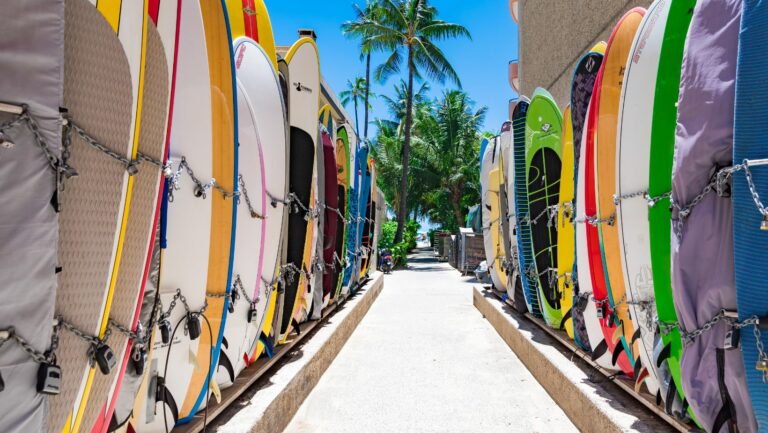
Importance of Surfboard Size and Shape
When choosing a surfboard, the size and shape play a significant role in determining how the board will perform in the water. Here are some factors to consider when selecting the perfect surfboard size and shape:
Volume
The volume of a surfboard is measured in liters and is a crucial factor in determining the surfboard’s buoyancy. A higher volume surfboard will provide more flotation, making it easier to paddle and catch waves. Beginner surfers should opt for surfboards with higher volumes, while advanced surfers can choose lower volume boards for increased performance and maneuverability.
Width
The width of a surfboard influences its stability and planing ability. Wider surfboards offer more stability, which is ideal for beginner surfers. However, a wider board may sacrifice speed and maneuverability, making it less suitable for advanced surfers.
Thickness
The thickness of a surfboard affects its buoyancy and rigidity. Thicker surfboards have more floatation, making it easier to paddle and catch waves. However, thicker boards may be slower and less responsive in the water.
Tips for Maintaining Your Surfboard
Investing in a surfboard is a significant commitment, so it is crucial to ensure that your surfboard is well-maintained. Here are some tips for prolonging the life of your surfboard:
- Rinse your surfboard with fresh water after each surfing session to remove saltwater and sand.
- Store your surfboard in a cool, dry place, away from direct sunlight to prevent delamination and yellowing.
- Use a surfboard bag or sock to protect your surfboard from dings and scratches during transport.
- Regularly check your surfboard for dings and repair them promptly to prevent water damage and maintain structural integrity.
- Rotate your surfboard fins to avoid stress on the fin box and prevent wear and tear.
Choosing the right surfboard is essential for maximizing your surfing experience and progressing in your skill level. Understanding your skill level, the types of surfboards, and the role of surfboard size and shape will help you make an informed decision when purchasing a surfboard. Furthermore, proper maintenance of your surfboard will ensure its longevity and optimal performance.
Whether you are a beginner looking for a stable longboard or an advanced surfer seeking a high-performance shortboard, this guide will help you find the perfect surfboard for your needs. Remember, the right surfboard can significantly impact your enjoyment of the sport and your progress in the water. So, take your time, consider your options, and most importantly, have fun riding the waves!

